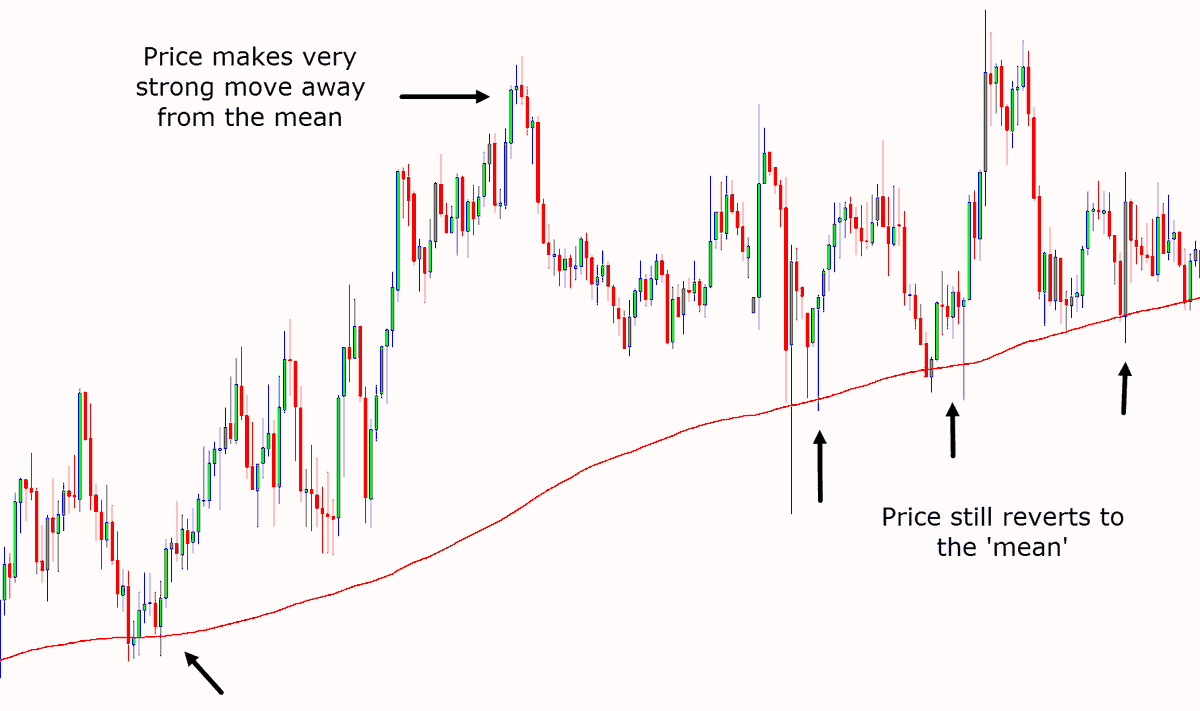This is Nature's Law; Crowd behaviour and we deal with just that.





master can you give few key points in english. Saw the entire video with subtitles but did not understand.
— bala (@BalaThink) March 13, 2022
Master just one doubt about the re-entry part
— Sunny Singh (@SurendraSinghJi) February 10, 2022
You mentioned to re-enter at 17430 levels.
How to initiate the trade at the lowest point when the candle is in the formation mode.
Is it that when the price touches 21ma we should entry longs till 13ma is above 21ma.
Show path \U0001f64f


Today at 2 pm:
— Kunal Bothra (@kbbothra) July 5, 2022
I will bring to you one of the SUPER FINEST TECHNICAL CHART setup on a largecap name.
Agar yeh nahi chal paya toh kuch nahi chal paayega\u2026
Retweeet tsunami has to come for this one\u2026 #stock #breakout #technical

